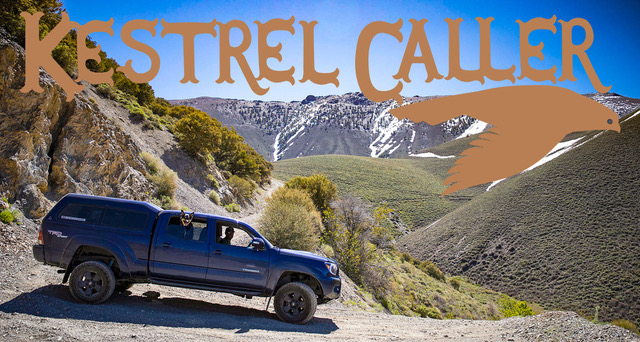Prefer to Hear this story Instead? Listen Here.
Nevada, and all that snowcapped Spanish name represents sure is a lovely thing. But was the Silver State really the very first to adapt it? Not even close. And its original name-claimers are still salty about it a whole 174 years later, with a derringer-shaped county pointed right at us to prove it.
So, what does “Nevada” mean, anyway? It’s a question people search for a lot and is something that I know I think about as I roll into new places all the time, wondering how and where its nomenclature derived from. Like its many mountain ranges, hot springs, landmarks and other geographical features, and even the naming of entire towns within Nevada borders, it’s no secret our “snowcapped” name comes from the language of the first non-Indigenous people to set foot in the region: the Spanish. But how did the naming of Nevada actually come together all those years ago?
Well, from a region that was originally named by its native population, to the Spanish who then renamed this Western terrain after being reminded of their home country as they rode through, to a few California Gold Rush name-claimers who still have beef with Nevada’s state-makers, there’s a lot of room for legend and lore in this story. But, there’s something about that derringer-shaped California county pointed right at the state of Nevada—and it’s capital city where all those name-stealing decision makers resided, no less—that’ll have me wondering what really happened back in 1850 as this was all going down. It’s the Legend of Stolen Nevada: the Theft of a Name.
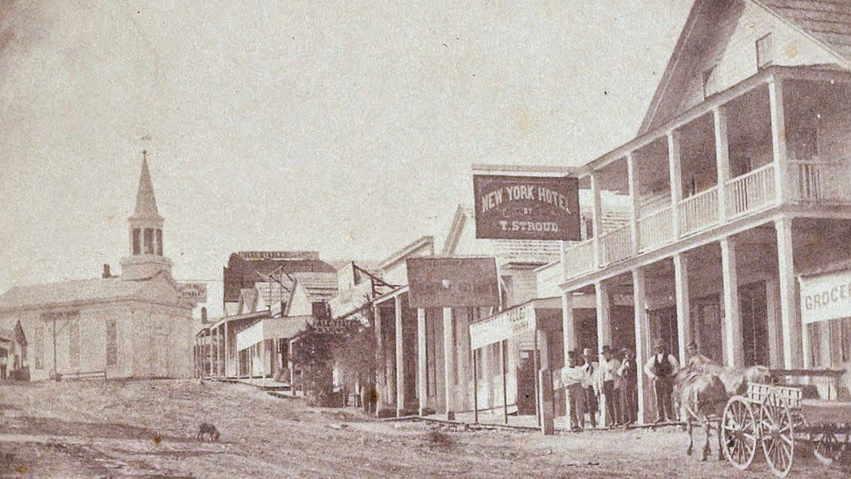
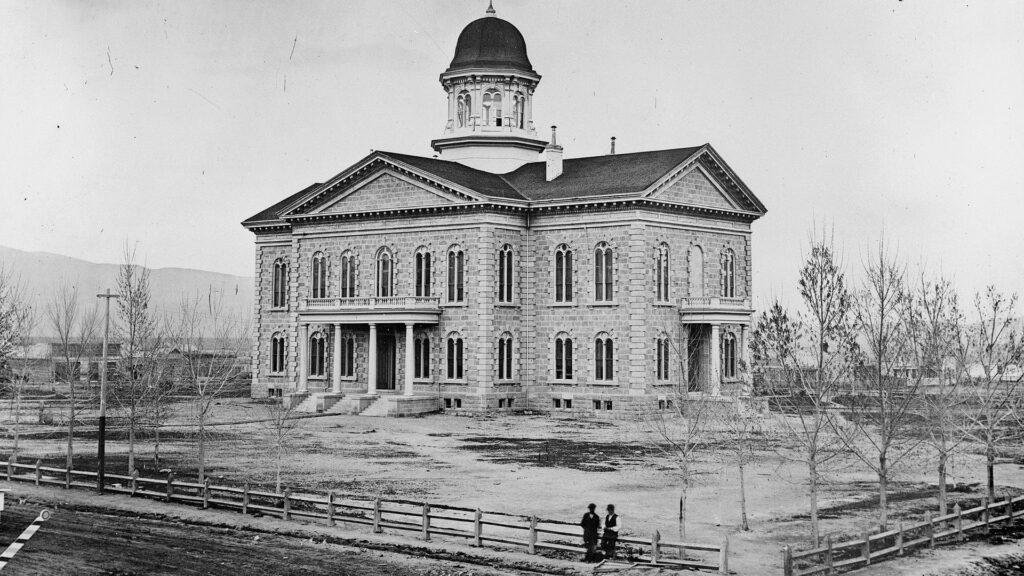
Nevada’s Great Basin: Reminiscent of Another Place
I like maps. And I’ve been lucky enough to add the many different versions of the Nevada map to my personal collection, which like a lot of the West, has changed more than a few times throughout the centuries. The funny thing is, I guess at least in my mind’s eye, it seems like when I think back on the developmental timeline of the modern West and the naming and remapping of Nevada it was an event that took place forever ago—or at least far longer than when it actually happened, less than 200 years into the past.
Four major tribes—the Northern Paiute, Western Shoshone, Southern Paiute, and Washoe people—have lived in the region Nevada occupies today for thousands of years and from what I can gather, originally referred to it as “Washoe”. The region’s first non-native explorers were the Spanish, who in 1827 at their earliest recorded entrance, decided this particular stretch of the West—you know, the big unending chain of high desert basins nestled up against those now-iconic jagged mountain peaks—looked awfully familiar.
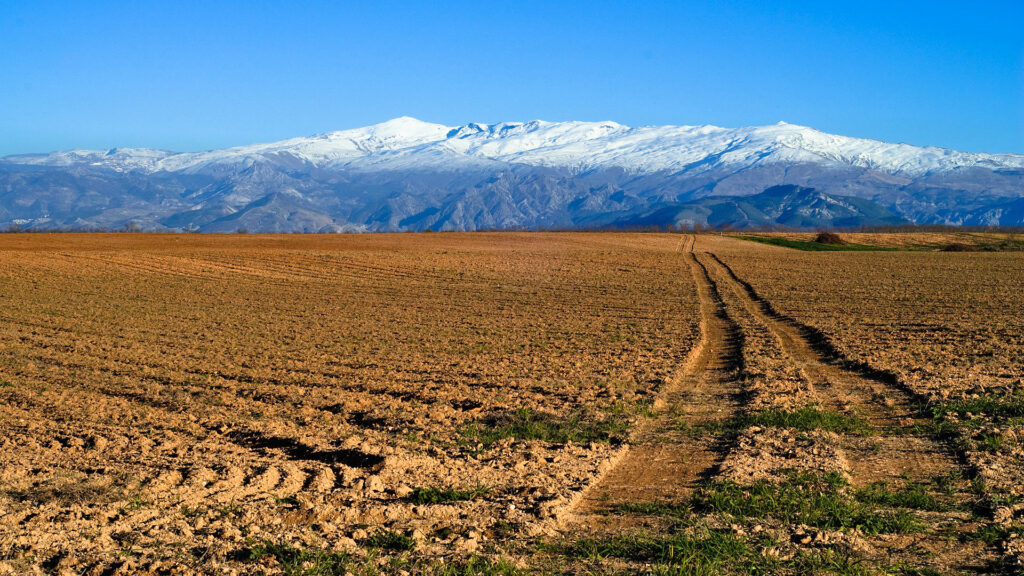
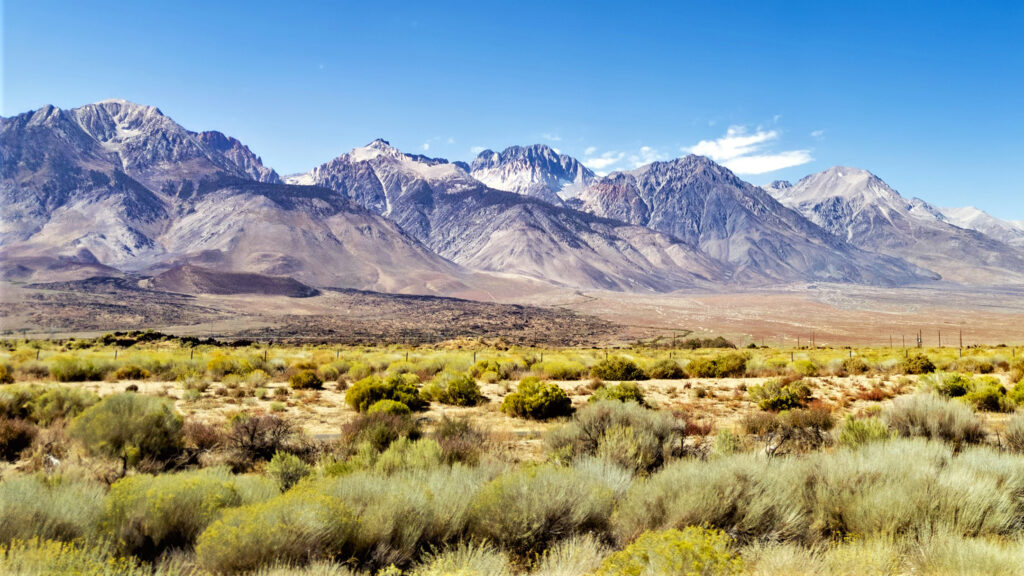
While the Spanish had already been on hundreds of years worth of missions to California and the West, in 1827 Spaniard Francisco Garcés was tasked with exploring the deepest darkest corners of the Great Basin. This was the first official time a non-Native recorded their presence in what would become Nevada, and described what he saw as the Sierra Nevada because it reminded him of the Sierra Nevada mountain range from his native Spain, which translates to “snowy mountains” or “snowcapped” in Spanish. Wonder if Garcés ever in his wildest dreams imagined his nomenclature would inspire an unending list of geographic features, many goods and services, and hundreds more conservationists and other creative thinkers in that moment where this part of the West suddenly felt like home.
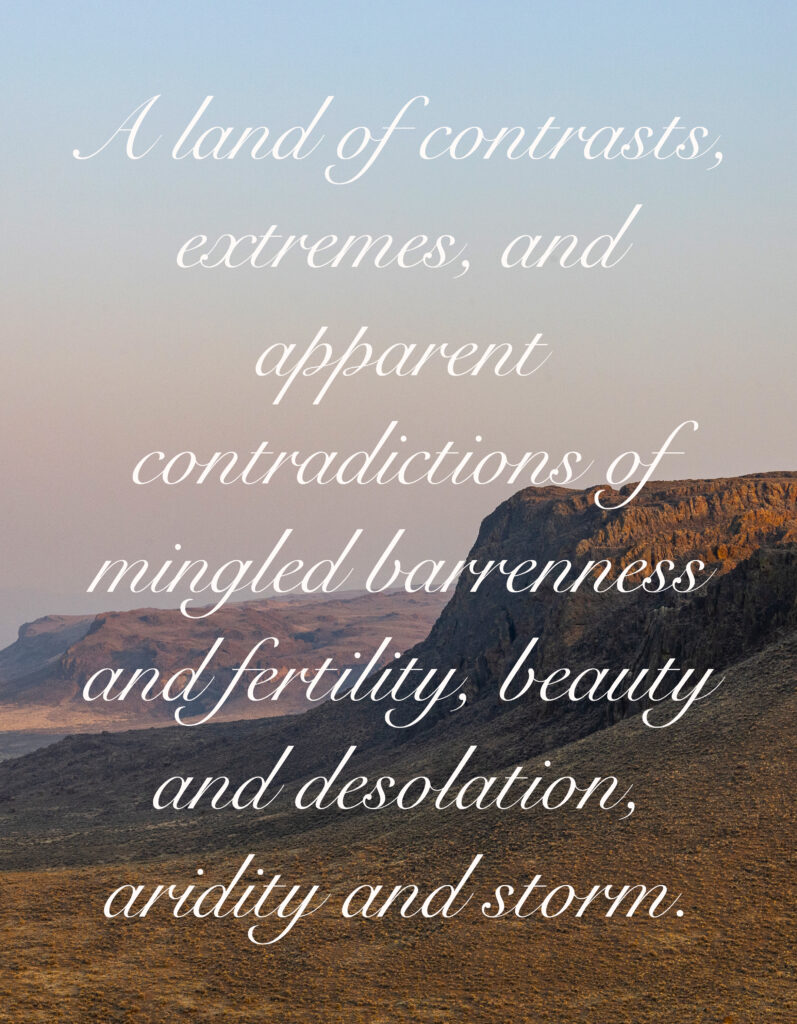
Besides the name, Sierra Nevada, Garcés had a few other choice words for what he saw on the eastern side of those famous mountains: “a frightening barrier to overcome as quickly as possible in order to reach California”. Yeah. As the terrain that was destined to become Nevada was being re-discovered it was also described as, “a land of contrasts, extremes, and apparent contradictions of mingled barrenness and fertility, beauty and desolation, aridity and storm.”
Then of course once Mexico gained its independence from Spain, most of the West became Mexican Territory, but not for long. Then came the discovery of the California gold fields, a practically unending stream of pioneers for at least 70 years after that, and well the rest is basically history. But here’s that timeframe thing that blows my mind once more: the land we Nevadans know and admire so deeply was “unorganized territory” of the United States all the way up until 1850, when it would become Utah Territory. But even that was short lived, too.
The Mapping, and Re-Naming of Nevada (Again)
Basically a shape-shifting, no man’s land—that’s what the Utah Territory was, for the most part. It was a place people retreated to in order to escape religious persecution and unregulated polygamous harmonies, and from Colorado’s Western Slope to Lake Tahoe, not much else. At least that’s what everybody initially thought.

California’s legendary gold fields made the bulk of America’s western coastline into a state in late 1850, and the Utah Territory followed that exact same month. And so, Nevada was Washoe, then New Spain, then Mexican Territory, and now Utah Territory, which lasted from late 1850—just one year before Mormon missionaries descended upon and fortified Genoa—up until that silvery blue sludge got in the way of gold prospectors on their way to California. And boy, the 1859 discovery of the Comstock Lode (the world’s most prolific silver discovery) really fast tracked this whole thing, the renaming and formalization of Nevada.
But! Before that world-famous silver discovery could happen, which would nudge the Utah Territory’s entire western half into its own new territory and statehood almost immediately thereafter, the main character in the Western narrative was gold. And as the Sutter Creeks, Murphys, Colomas, and Placervilles came into the world, so did a little ol’ frontier town called Nevada.
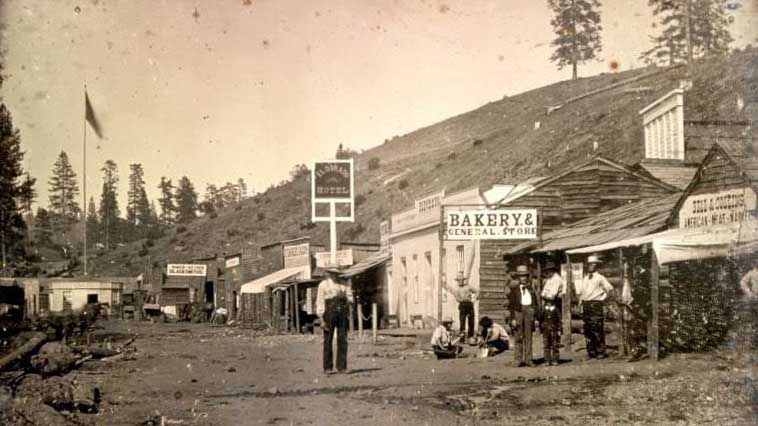

A California Gold Rush Camp Called Nevada
Aside from the massive, mountainous Sierra Nevada region, no other place in the West had borrowed this already-borrowed Spanish nomenclature, at least up until this boisterous gold rush camp claimed it, which happened in 1849. Then the town of Nevada became officially incorporated in 1856, three whole years ahead of the first silvery glimmer 108 miles to the east first revealed itself. But once the Comstock Lode beckoned famous gunslingers and ladies of the night, tens of thousands of the most qualified miners from around the world, and thousands more more men, women, and children, it allowed for this western side of the Utah Territory to become its own place: the Nevada Territory.
With the Comstock Lode quickly creating both Virginia City and then Carson City, the Nevada Territory was initially much smaller than it is today, with its eastern border ending pretty much right where Elko is located, and excluding all of present-day Clark County, or where Las Vegas is situated. Most of modern-day Elko County, White Pine County, all of Lincoln County and definitely all of Clark County was not part of the original Nevada Territory, which always makes me wonder what the Nevada experience would be like today, without some of my favorite places in the picture. I honestly can’t imagine Nevada without Gold Butte, Jarbidge Wilderness, or Great Basin National Park. Thankfully it grew to what it is today by 1867, but it sure didn’t start out that way.
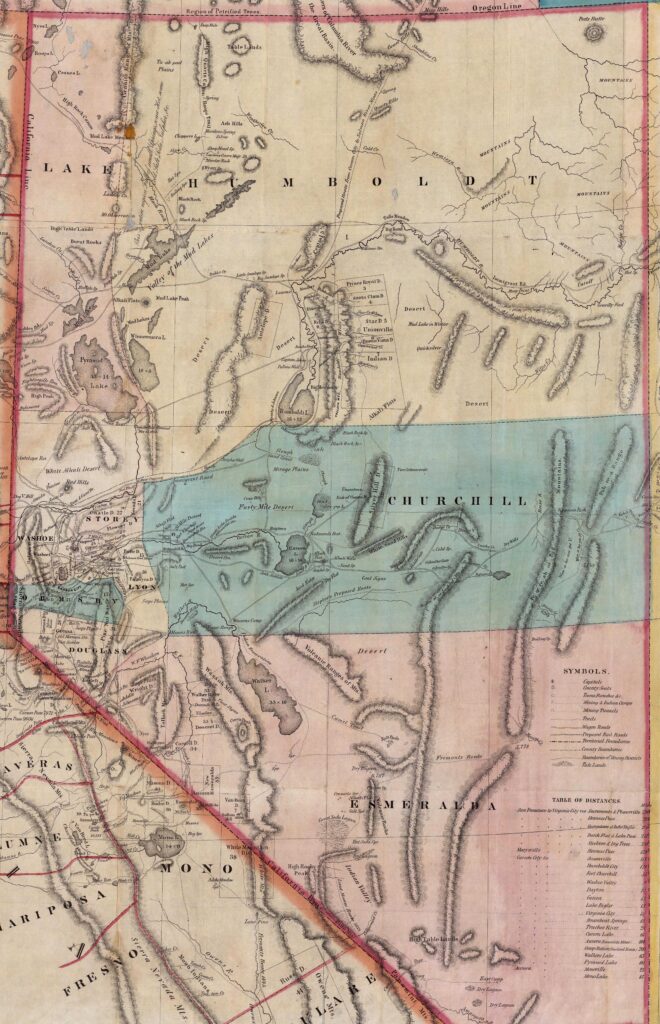
The Nevada Territory Becomes Geographically Richer, and More and More Influential
Far geographically smaller than it is today, Congress ultimately approved the creation of the Nevada Territory in 1861. And then, with all those pioneers who hoped to make it rich in California coming back into the state and discovering thousands of mineral caches all over this vastly misunderestimated place, the Nevada Territory asked for an expansion east in 1862. Because of all these gold discoveries being made closer to the present Nevada-Utah state line, Congress quickly rubber stamped it, and had the power to actually make these territorial boundary changes happen.
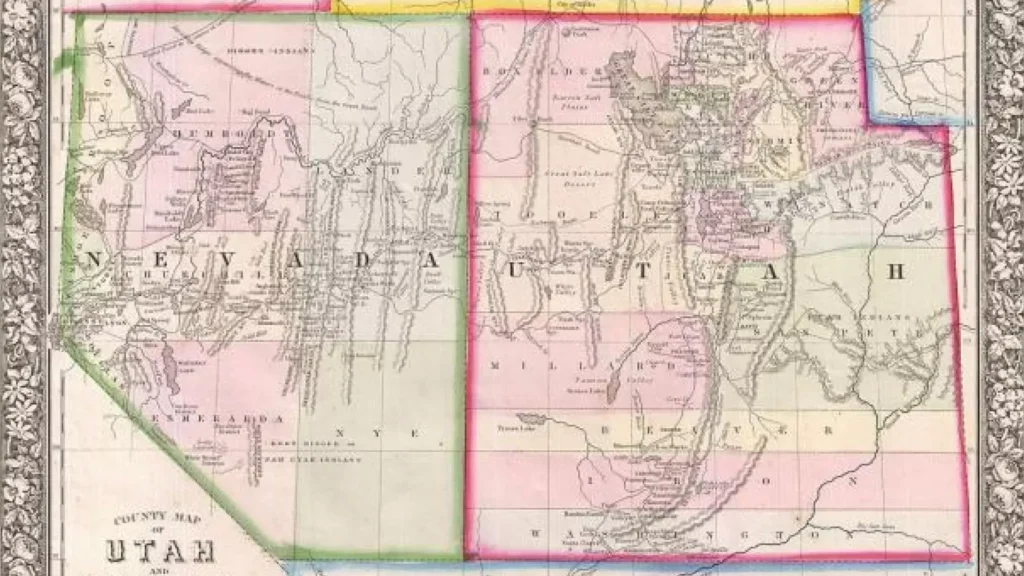
The way I read it when researching this, the United States government was already pissed at Utah for causing so many different types of problems, and with one of the most suddenly wealthy territories on the brink of even more mineral riches—one that was able to basically flip the bill for the whole Civil War AND supported President Lincoln, by the way—the U.S. Government was all about taking from Utah and giving to Nevada. So Congress made this sensational new place official just two years later, where it would officially become a state and permanently adopt the name Nevada at once.
The Great & Abominable Name Theft of Nevada
During the state-making process, the constitutional convention met in Carson City and really wanted to name the new state Washoe at first, actually a lot of people were all for that, but were ultimately out-argued by the president of the convention who pointed out that the terms of admission to the Union up until that point were all based on the name “State of Nevada”. And well, the Nevada gold camp over in California wasn’t too happy about that, having name-claimed a whole 15 years prior.
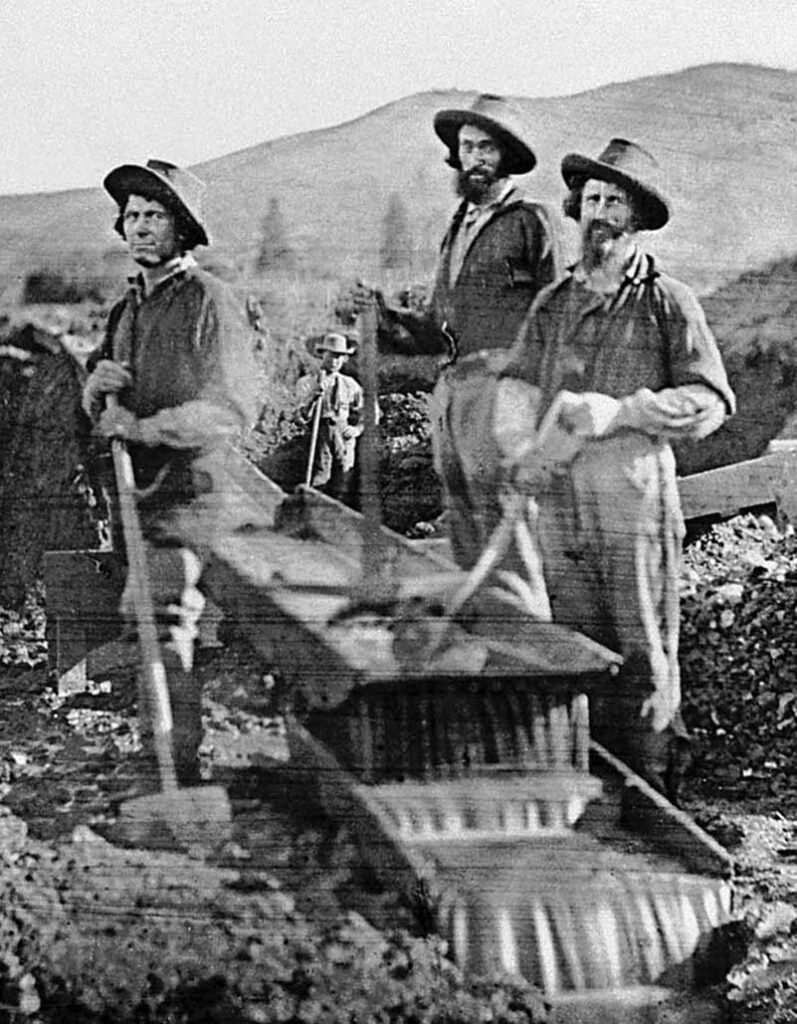
You see, Nevada (California) was a pretty thrilling place to be, when things really got swinging back in 1849. It supported a population of 10,000 people and was even one of the three largest towns in all of California at one point in time, but once the State of Nevada got around to acquiring its name, its mineral riches were already in decline, a once-boisterous permanent population had their eyes on the east or had already hit the road, and well, the timing of the theft of this once-proud place’s name wasn’t great. But the name Nevada was nonetheless stolen, or adopted—however you want to look at it.
In a state that had so many places with the word “gold” in their towns names the United States Postal Service actually put a moratorium on any more being named as such, Virginia City Montana forming after Virginia City Nevada was already off and swinging, and many, many Auburns across the country and more, it seems like a heel-digging argument with a lot of holes it it—at least to me, it does. But that’s not how Nevada, California claim stakers saw it, and according to who you talk to, still see it.
In 1864 as the State of Nevada became official and dethroned Nevada California as the only town in the West with such a moniker, the town decided to update its name to Nevada City. But, not without basically flipping the State of Nevada the bird, or the wrong end of a derringer, acre by acre. With Nevada City the seat of Nevada County, California, they more or less could control the size and shape of their own county, beginning in 1851 when it was first founded. Throughout the 1850s that county boundary line shifted a few times, with land being added and retracted from nearby Yuba and Sierra Counties, forming a very particular shape: a derringer pistol, with the barrel pointed directly at Carson City.
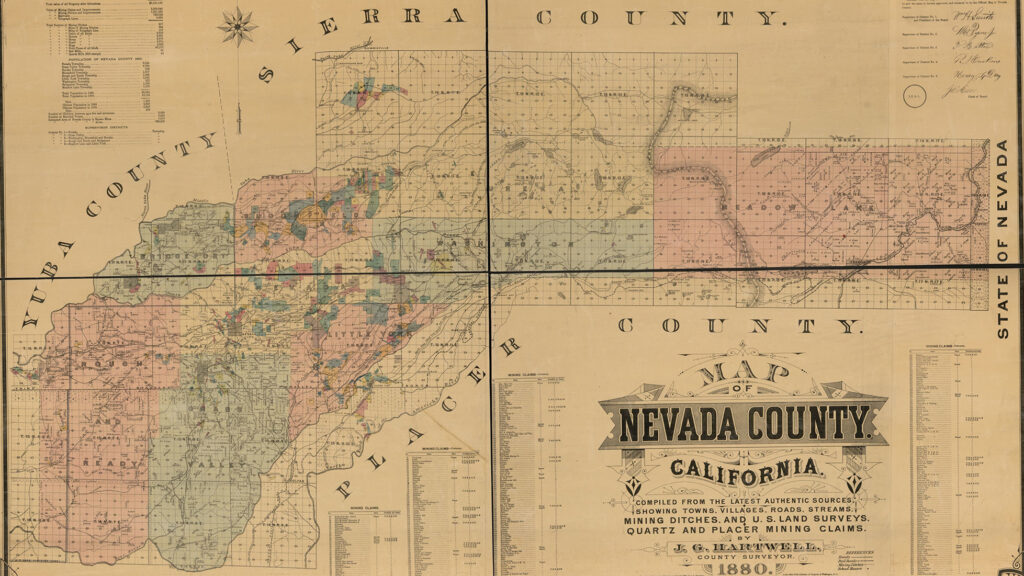
So, was this actually deliberate? Or was a very ruffled Nevada City, who was in charge of Nevada County, making completely accidental land acquisition moves and just so *happened* to alter the shape of its county to the outline of a gun pointed directly at those name-thieving jerks to the east? Plenty of historians will argue that this whole gun-shaped county deal was purely coincidental, seeing as the northern and southern end of Nevada County is bordered by naturally occurring rivers. Then again, if it “all just happened that way”, there sure were a lot of Nevada City folks still hot under the collar about this whole situation a hundred years later.
The “Return The Name” Campaign
In 1964 (an entire century from when the State of Nevada officially lifted that snowcapped name), the Nevada City chapter of Clampers, or the Ancient and Honorable Order of E. Clampus Vitus, sure tried to make Nevada at least acknowledge it was a stolen name, or better yet, return the name entirely. Generations of Nevada City AND Nevada County folks were already burnt on this whole ordeal, and to make matters worse, while Nevada was busy celebrating its 100th birthday with absolute gusto, they recognized a lot of groups of people for their role in Nevada history. And while we know Nevada City definitely didn’t even come up with the name Nevada and probably wouldn’t have even ever heard of the word without the West’s Spanish influence, they became increasingly angrier the name was not only taken out from under them, but now they were completely uncredited or even acknowledged.
A few different solutions were brought forward, including one from California Governor Edmund G. Brown who suggested California annex the entire state of Nevada. Wild. Then Nevada Gov Grant Sawyer said it might be best if Nevada just annexed Nevada County, which was immediately deemed “absurd”. Governor Brown then retorted by saying that it would be far easier for all of California to basically absorb all of Nevada and call it East California (burn!) than it would for the State of Nevada to add just one tiny sliver of central California to its state boundary line.
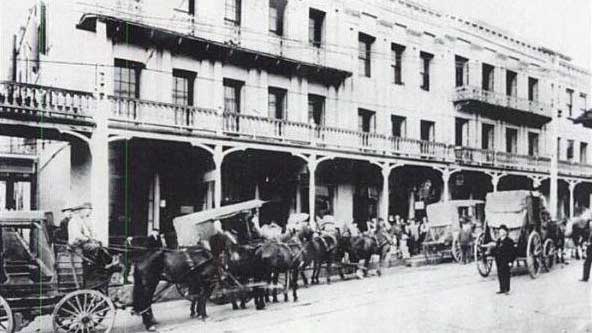
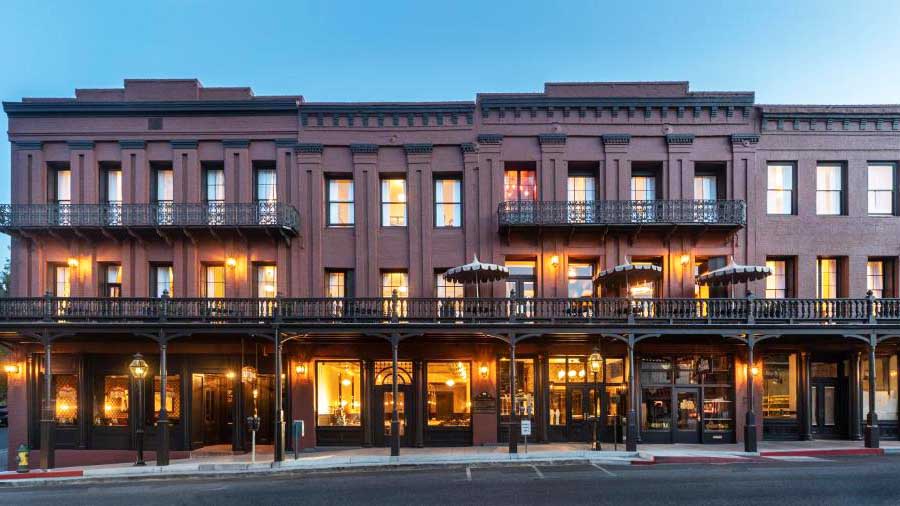
Meanwhile, all kinds of other places in the country were also named Nevada, but this beef didn’t include them—this was strictly between the State of Nevada and Nevada City. At one point even the Nevada Air National Guard was dispatched to patrol hostile troop movements, and Sports Illustrated got involved, who picked up the story when representatives from both California and Nevada decided to eventually meet in downtown Nevada City at the National Exchange Hotel to settle the squabble. And there, at a Nevada City hotel that was older than the State of Nevada, the two governors proclaimed both Nevadas would remain at peace with one another forever and ever. And well, the two states have basically been at odds with one another ever since.
Sources
- “Boundaries”, Nevada Public Radio, January 20, 2017, https://knpr.org/show/nevada-yesterdays/2017-01-20/nevada-yesterdays
- “History of Nevada”, Wikipedia, December 2, 2023, https://en.wikipedia.org/wiki/History_of_Nevada
- “History of Nevada/Native American, Spanish and Mexican Alta California-Nevada (to 1848)”, Wiki Books, April 11, 2022, https://en.wikibooks.org/wiki/History_of_Nevada/Native_American,_Spanish_and_Mexican_Alta_California-Nevada_%28to_1848%29
- “History of Washoe County”, Washoe County, NV, January 2024, https://www.washoecounty.gov/_files/pdf/WashoeCounty-history.pdf
- “Nevada City, California”, Wikipedia, January 4, 2024, https://en.wikipedia.org/wiki/Nevada_City,_California
- “Local Folklore and Legends: How Nevada Stole Our Name”, Local Wiki, January 2024, https://localwiki.org/nevada-county/Local_Folklore_and_Legends
- “Shaping Nevada’, Nevada Board of Professional Engineers and Land Surveyors, June 1, 2022, https://nvbpels.org/shaping-nevada/
- “Sierra Nevada”, Wikipedia, December 5, 2023, https://en.wikipedia.org/wiki/Sierra_Nevada
- “Sierra Nevada (Spain)”, Wikipedia, January 8, 2024, https://en.wikipedia.org/wiki/Sierra_Nevada_(Spain)
- “The Creation of Our 58 Counties”, California State Association of Counties, January 2024, https://www.counties.org/general-information/creation-our-58-counties
- “The Great Nevada ‘Name Theft’ of 1964”, The Union, August 7, 2005, https://www.theunion.com/news/the-great-nevada-name-theft-of-1964/article_c7065fb1-b08d-574e-a80c-cfc850074ab2.html
- Tracey, Julia Park (Journalist & Author) in discussion with the author, October 2023.
- “Utah Territory”, Wikipedia, December 18, 2023, https://en.wikipedia.org/wiki/Utah_Territory










